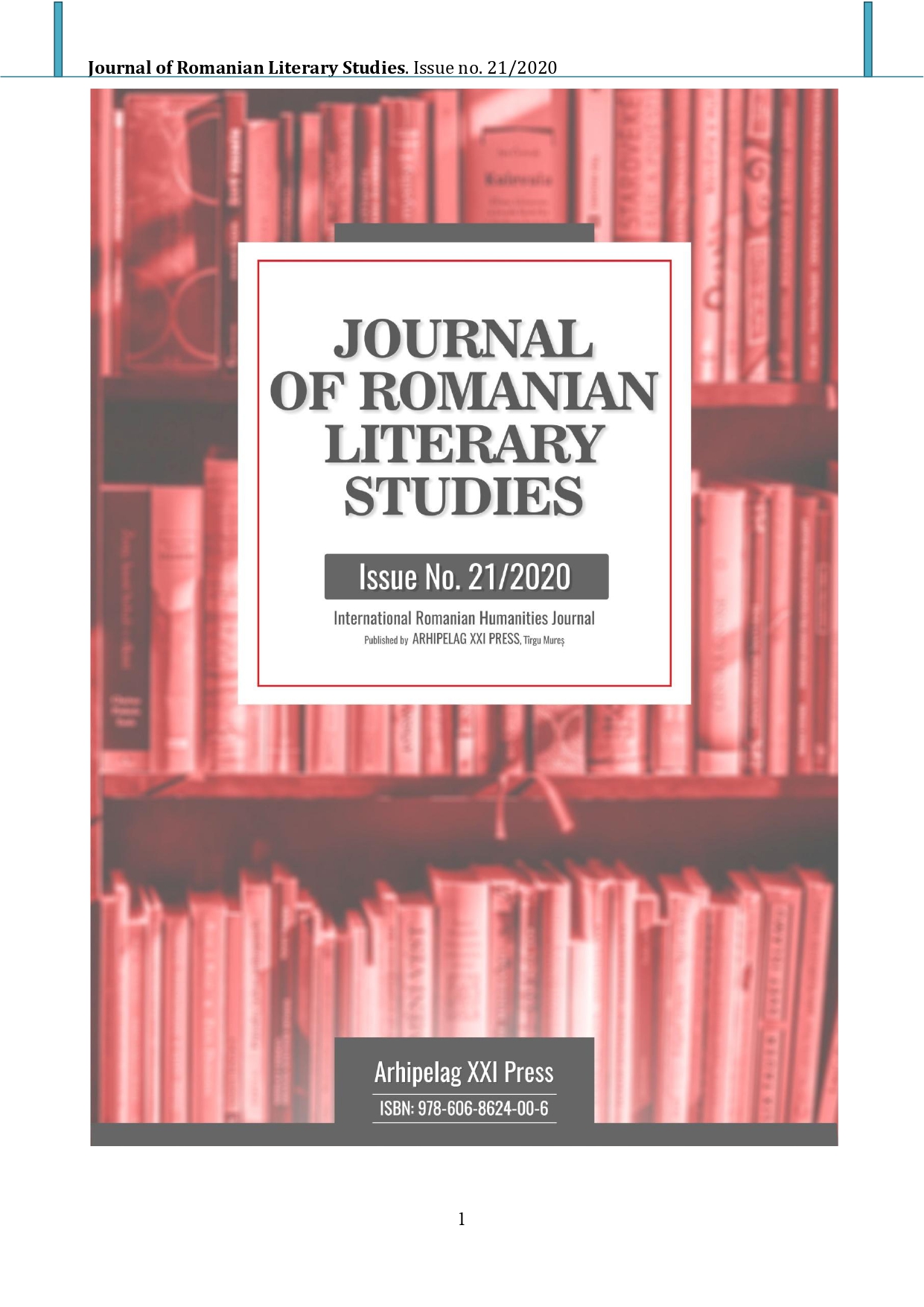SILENCE AS A FORM OF DIDACTIC COMMUNICATION
SILENCE AS A FORM OF DIDACTIC COMMUNICATION
Author(s): Teodor PătrăuţăSubject(s): Theory of Communication, School education, Vocational Education, History of Education, Educational Psychology, Sociology of Education, Pedagogy
Published by: Editura Arhipelag XXI
Keywords: silence; communication; language; education;
Summary/Abstract: It has sometimes been noted the need for verbal discontinuities through unspoken, either as artificial rhetorical products implied, or insinuated to minimal speech sequences. Ancient opposed the mechanistic pedagogy (the art of teaching them all), focusing on the pedagogy focused more on the secret. For example, allegory stimulates the pleasure of learning by throwing the disciple into a state of ignorance. The didactic force of the allegory lies in its enigma and not in its transparency. It creates the motivation of learning (intrigue, disturbs and then asks for a solution), then dramatizes (by personification, the audience being urged to identify with the characters and get involved in the action) and has a phatic function (facilitates contact and solidarity of residents). Allegory urges us to master time, not to gain time, and it is considered to have didactic virtue because it amazes and invites knowledge. The role of nonverbal communication has the same importance as that of verbal communication, and helps to stimulate students' cognitive and imaginative structures. Silence is beneficial for communication, as long as it is not overused and as long as the message can be decoded.
Journal: Journal of Romanian Literary Studies
- Issue Year: 2020
- Issue No: 21
- Page Range: 72-76
- Page Count: 5
- Language: Romanian

